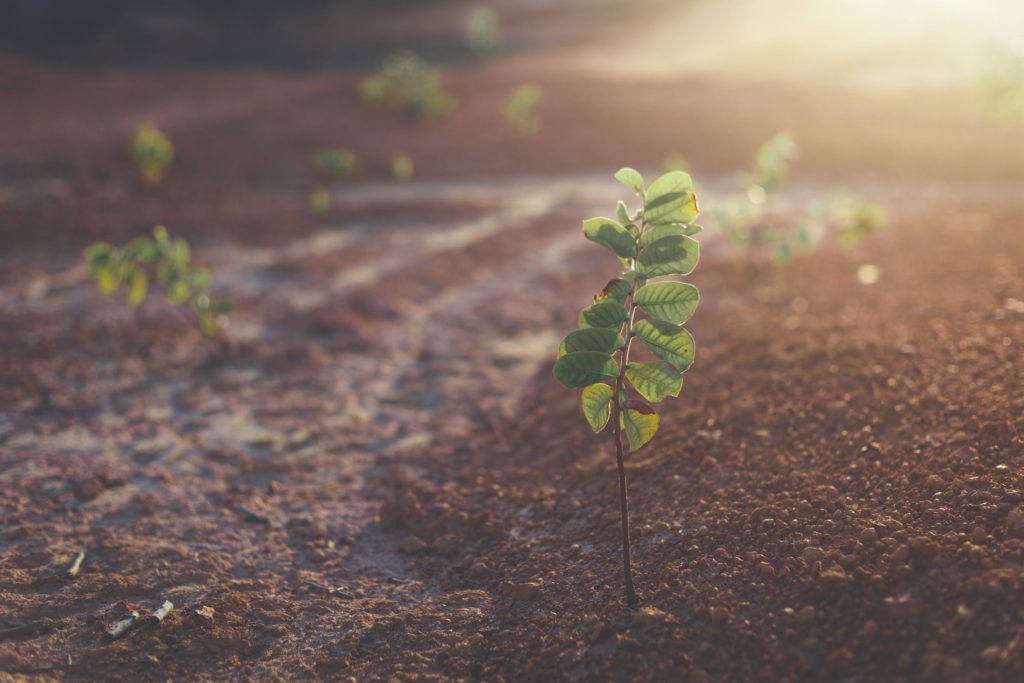Soil erosion is the process of moving soil particles from one place to the other either through water, animals, or wind. It is an environmental degradation process that has happened for hundreds of years. Although various strategies have been put into place to deal with soil erosion, it appears as though that no permanent solution has been found to deal with this problem that has left some arable lands without soil cover. You might be interested in understanding the negative impacts of soil erosion on the environment.
1. Loss of Soil Nutrients
One of the significant ways through which soil erosion hurts the environment is by eroding all the soil nutrients. In most cases, all the soil nutrients are found on the topsoil. This means that all the nutrients are easily washed away, leaving the soil without nutrients to support the growth of plants. This has left many farmers with very little or no harvest. This is because all the nutrients that support plants are not there. The only solution is to add artificial fertilizers to improve soil fertility.
2. Poor Water Retention
Topsoil has all the necessary organic matter that is used to hold water during rains. It is also the soil that ensures that soil has high water retention capacity, thereby increasing the agricultural potential of the soil. However, when the topsoil has been eroded, there is very little to retain water, which makes it very difficult to enhance soil fertility. Sometimes poor water retention leads to surface runoff that can have significant impacts on land.
3. Aquatic Habitat Disruption
Most of the soil that is washed away through soil erosion accumulates in the nearby oceans, rivers, and lakes. This makes the water cloudy, which makes it difficult for fish and other aquatic organisms to feed. It is also important to highlight that fish and other water organisms intake large quantities of soil leading to death.
So, what strategies can be used in preventing soil erosion?
- Planting Soil Control Plants
Granite Seed provides some of the common seeds that can be used in soil erosion control strategies. In areas that have experienced extreme soil erosion, land reclamation and restoration are some of the strategies that can be used in preventing further erosion in such areas. Most of the restoration and reclamation involves planting various seeds such as wildflowers and grass, which are essential in providing soil cover, increasing water retention, and increasing soil fertility.
- Mulching
Mulching is a traditional technique of preventing soil erosion. The traditional mulching technique used other dead plants to cover soil against heavy rain droplets and strong winds. However, it has been a sharp learning curve to most of the modern farmers who have been forced to use other mulching materials to cover soils in their land to prevent erosion. Several mulching techniques have emerged, including the use of artificial polythene paper.
- Building Terraces and Retaining Walls
Building terraces is a necessity in sloppy lands. It is challenging to cultivate slanting lands because the soil is likely to be washed down the hill. In such circumstances, it is vital to use terraces that provide a flat area for cultivation, thereby preventing soil erosion. In extreme conditions, construction of retaining walls becomes a necessity and helps in ensuring that water is blocked and prevented from washing downhill with soil particles.
- Gabion Construction
Preventing soil erosion by the use of gabions seems to be a traditional undertaking. However, thousands of people living in areas that are prone to torrential rains have been using gabions as a strategic way of preventing extreme soil erosion. It is essential to highlight that, during the rainy season, a large volume of water carries with it large quantities of soil. Gabions are crucial in collecting all the soils and ensuring that water leaves soil behind as it flows.
- Avoid Excessive Tilling
Tilling of land destroys soil structure and makes the soil loose. Soils that have been over-cultivated are very loose and prone to wind and water erosion. Although you have to continue with crop production, you can try and look for other farming strategies that don’t require much tilling of the land.
Soil erosion is one of the significant environmental degradation aspects that are facing the world in large scale. Increased farming activities, heavy moving machines, and increasing human activities have led to increased soil erosion. However, there are some simple techniques you can incorporate to minimize the problem.

Leave a Reply
You must be logged in to post a comment.